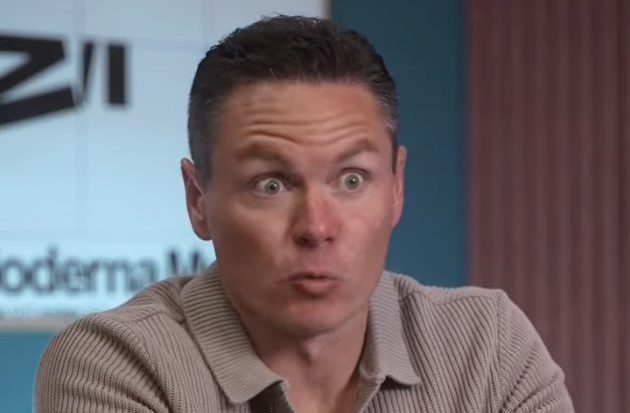The Comfort of Exceptional Suffering
There’s a strange comfort in believing you’re beyond help. If you’re the exception to healing, you don’t have to:
- Face the discomfort of letting go of familiar pain
- Take responsibility for your healing journey
- Risk failure in the attempt to get better
- Confront the unknown territory of a life without your wounds
- Challenge the identity you’ve built around your trauma
This belief creates a perfect trap. By declaring yourself the exception, you make a self-fulfilling prophecy that requires no action, no vulnerability, and no change. It’s a way of staying safe in your suffering.
Your Pain Matters, But It Doesn’t Define You
Let me be clear: your trauma is real. Your pain matters. Your story deserves to be heard and validated. Nothing about healing requires minimizing what you’ve been through.
But here’s the truth I’ve witnessed in my years of helping others find their path to enlightenment: the depth of your wounds does not correlate with your capacity to heal. Some of the most profoundly traumatized people I’ve worked with have experienced the most remarkable transformations.
The human spirit has an extraordinary capacity for resilience. Our minds and bodies are designed to heal when given the right conditions. This isn’t wishful thinking – it’s supported by decades of research in psychology, neuroscience, and trauma studies.
The Paradox of Resistance
There’s a revealing paradox at work when someone insists they cannot heal. The very intensity of that resistance often signals how badly they need and want healing. It’s like someone dying of thirst insisting they don’t need water.
I find that the most adamant resistance to healing often comes from those who:
- Have the most to gain from the healing process
- Are actually closer to a breakthrough than they realize
- Have developed the strongest attachments to their wounds as identity
This resistance makes perfect sense from a psychological perspective. The mind protects itself from change, even positive change, because change represents uncertainty and potential danger to our survival-oriented brains.
Breaking Free From the Exception Myth
Healing begins when you challenge the belief that you’re the exception. This doesn’t mean healing will be easy or quick. It doesn’t mean you won’t have setbacks or that your path will look like anyone else’s.
What it does mean is opening to the possibility that you, like every other human being, can transform your relationship with your pain. You can learn to carry your story without being crushed by it.
Your trauma does matter. Your story is real, but you are not the one human on earth who is too broken and too far gone and too damaged to get better.
The first step is often the hardest – simply questioning whether the “too broken to heal” narrative is actually true, or whether it’s a story you’ve been telling yourself to avoid the vulnerability of trying.
I’ve guided many people through this journey in my work, and I can tell you that healing is not about erasing your past or becoming someone new. It’s about integration, understanding, and reclaiming the parts of yourself that pain has caused you to abandon.
You are not the exception to healing. You are, in fact, designed for it.
Frequently Asked Questions
Q: How can I tell if I’m using the “exception” belief as a defense mechanism?
Look for thoughts like “My situation is different,” “No one understands what I’ve been through,” or “This might work for others but not for me.” These are common signs you’re viewing yourself as an exception. Also, notice if you feel resistant or dismissive when healing possibilities are presented.
Q: Does healing mean I have to forgive those who hurt me?
Healing doesn’t require forgiveness on anyone else’s timeline or terms. Many people find forgiveness helpful in the end, but it’s not a prerequisite. What matters more is developing compassion for yourself and releasing the grip that past events have on your present life.
Q: What if I’ve tried many healing approaches and nothing has worked?
Previous attempts that didn’t produce the results you wanted aren’t evidence that healing is impossible for you. They may indicate you haven’t found the right approach, timing, or support system yet. Healing rarely follows a linear path, and what didn’t work before might work now with different circumstances or readiness.
Q: How long does the healing process typically take?
There’s no standard timeline for healing. It depends on factors like the nature of your trauma, your support system, your resources, and your process. Some aspects may shift quickly while others take longer. The goal isn’t to rush but to move at a pace that allows for integration and sustainable change.
Q: Can I heal while still acknowledging how deeply I’ve been hurt?
Absolutely. Authentic healing never requires minimizing or denying your pain. Fully acknowledging what happened and its impact on you is often an essential part of the healing process. You can honor your wounds while still believing in your capacity to transform your relationship with them.







